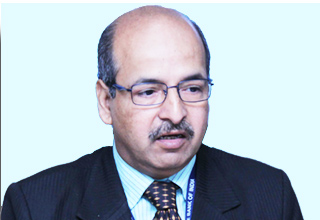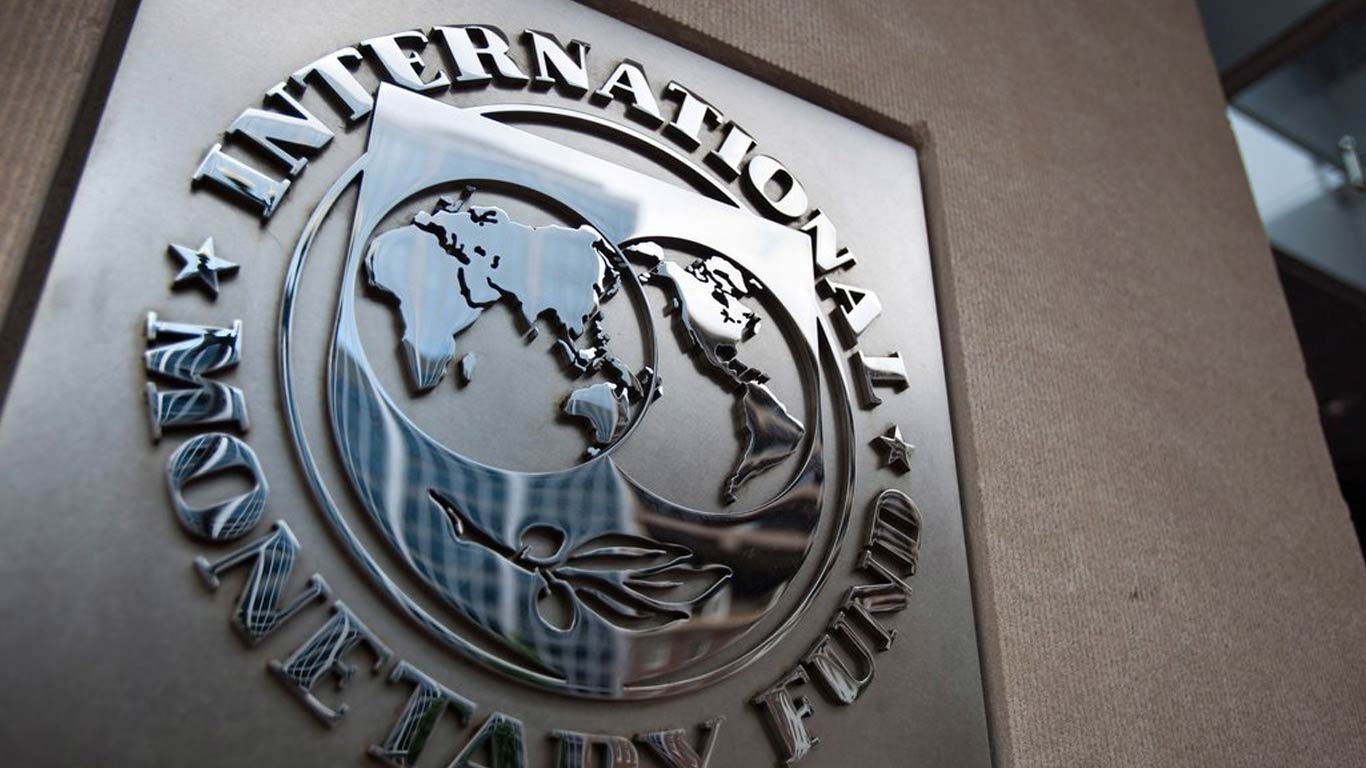Large population of unrated borrowers in mid, SME corporate sectors add challenges: RBI on Basel III
Updated: Sep 07, 2015 03:14:51pm

He was speaking at an event on Basel III Implementation- Challenges for Indian banking system organised by Associated Chambers of Commerce & Industry of India and National Institute of Bank Management on August 31, 2015.
Speaking about the super equivalence issue, he said, “There is a general feeling that we have put in place a more stringent framework than what Basel Norms require. Of course one would point out to the 9 percent CRAR, the 4.5 leverage ratio, the SLR running parallel with LCR, the higher CCF for OTC derivatives and the like. We need to see this in a context. I have already dealt with the SLR-LCR issue.”
On capital, he said that in the ultimate analysis, on an aggregate basis, it does not make much difference.
“We must also appreciate that relatively much longer recovery process of defaulted loans, shorter history of ratings assigned by rating agencies in Indian conditions putting certain constraint on benchmarking them against the international standards, relatively large population of unrated borrowers especially in mid and SME corporate sectors, market risk factors exhibiting more volatilities, etc. add challenges,” Vishwanathan added.
Besides, a Pillar 2 process and related add-on capital requirement is also yet to be fully stabilised. The higher prescription of 9 per cent minimum requirements in comparison to Basel minimum of 8 per cent may be seen in the above context, he said.
Moreover, in an economy whose financial system is dominated by banks, one has to build more resilience than if it were not the case. We have also announced two banks as DSIBs based on the criteria of size, interconnectedness, complexity and substitutability.
Speaking on why it is necessary to implement Basel III in India, he said, “I looked at the various challenges that it brings but argued that we cannot see any challenge in isolation. The Basel rules seek to make banks more resilient and risk aware.”
Such a banking system is always better than an unstable one, he noted adding that, “We cannot overlook the fact that a crisis is better prevented than faced because the aftermath of the crisis is costlier than the incremental cost that one incurs to prevent it.”
In India, Basel III capital regulation has been implemented from April 1, 2013 in phases and it will be fully implemented as on March 31, 2019. Further Basel III Liquidity Coverage Ratio (LCR) has also been introduced and will be implemented by banks in India from January 1, 2015 with full implementation being effective from January 1, 2019.
The draft guidelines have also been issued on implementation of Net Stable Funding Ratio (NSFR).
“We are also working on other areas of evolving regulations, especially those which are of critical importance from Indian perspective,” RBI ED said. (KNN Bureau)











